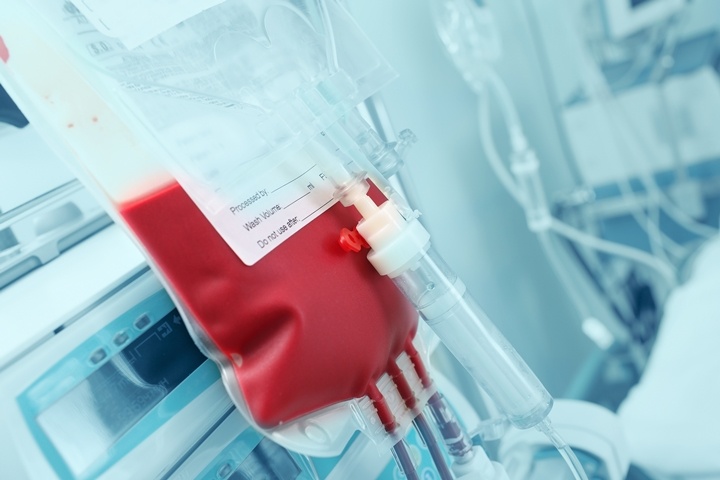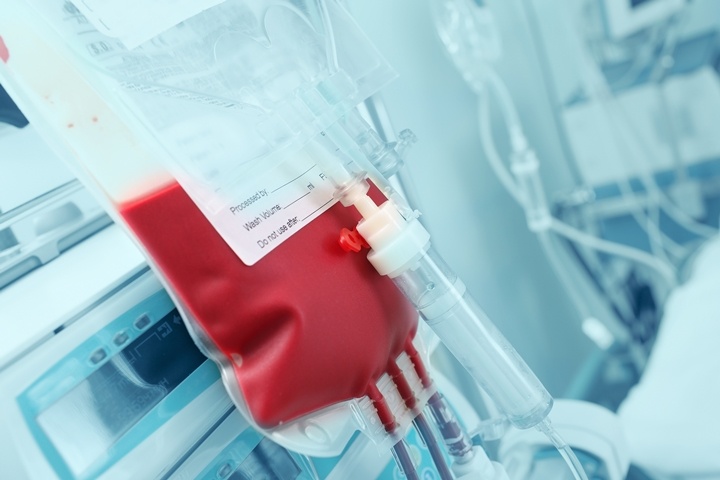
Stem cell research has been advancing at a rapid pace for decades. Researchers are regularly discovering new uses for cord blood stem cells and improving the techniques for delivering stem cell transplants.
While the advances in stem cell research are very exciting, it can sometimes be difficult to understand what the scientists are talking about. It can seem like they are talking in a different language when discussing stem cell therapies.
Two of the most common terms you may hear when reading about stem cell research are allogenic cord blood transplant and autologous cord blood transplant. This FAQ will explain the difference between these two terms.
What is an autologous cord blood transplant?
An autologous cord blood transplant uses stem cells that have been obtained from a patient’s own body. This is only made possible if a person’s umbilical cord blood is preserved after they are born.
Thousands of patients have received transfusions of their own cord blood stem cells to treat diseases like blood cancer and metabolic disorders. Some researchers believe that autologous stem cell transplant can be used to treat conditions like Autism Spectrum Disorder and there are trials currently in progress to assess this possibility.
What is an allogenic cord blood transplant?
An allogenic cord blood transplant uses stem cells that have been obtained from another person. For an allogenic cord blood transplant to be possible, the HLA (human leucocyte antigens) in the cord blood sample must closely match the patient’s HLA type.
In most cases, allogenic cord blood transplants are between siblings. However, there is ongoing research which shows that transplants between parents and children may be viable. This is called a haploidentical (half-matched) transplant.
Allogenic stem cell transplant can be particularly useful for treating conditions where the patient’s own stem cells are not available or unsuitable for transplantation.
_______________
Related Articles:
5 Amazing Cord Blood Transplant Success Stories
New Cord Blood Transplant Technique Holds Promise for Blood Cancer Patients
FAQ: Why HLA matching is important before a cord blood transplant?
_______________
Is it better to use autologous or allogenic cord blood?
Both autologous and allogenic are useful for treating a wide variety of medical conditions. The main benefits of autologous cord blood transplants include:
- No risk of immune system rejection after transplantation – Because autologous stem cells have come from a patient’s own body, there is no risk that they will be rejected by the immune system or cause graft versus host disease.
- Parents have complete control over their child’s autologous stem cells – Parents can make a conscious decision to preserve their child’s autologous stem cells by storing them with a private cord blood bank. The child will then have an easily accessible supply of stem cells available if they contract an illness. Parents will have complete control over their child’s stem cells and can use them to treat a wide range of illnesses.
- More likely to be usable on other family members – Your child’s stem cells are more likely to be HLA-compatible with other family members. This can be useful if other family members suffer from an illness treatable by cord blood.
The main benefits of allogenic cord blood stem cell transplants:
- Less risk of immune system rejection compared to bone marrow transplants –Although there is more risk of having complications than with autologous transplants, there’s still less risk compared to a bone marrow transplant.
- Can be useful for treating conditions with a genetic cause – Certain conditions are caused by a genetic defect that affects a person’s bone marrow and stem cells. That genetic problem may also reside in the patient’s own stem cells. In this case, sourcing cord blood from a third party is necessary.
- Can use samples from multiple sources – It is possible to combine cord blood from multiple samples as long as there is a match between the samples’ HLA and the patient’s HLA type. This allows doctors to give patients larger transfusions of stem cells.
Are there more autologous or allogenic samples in storage?
A research paper published in 2015 found that there were more than 600,000 cord blood units in storage in 120 blood banks for allogenic use. There were more than 1,000,000 cord blood units in private blood banks for autologous (personal) use. The number of autologous samples continues to grow quickly as more people become aware of the benefits of storing cord blood.
{{cta(‘d59882b5-74e2-4033-be94-d4c340e1978c’)}}


